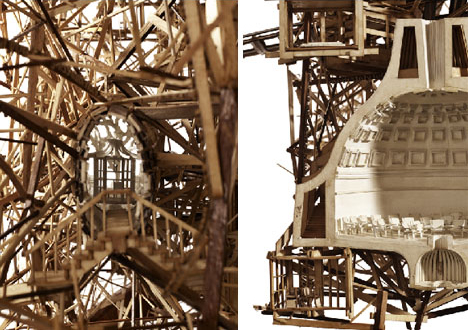Difference between revisions of "project09:Frontpage"
From rbse
(→Location) |
(→Location) |
||
| Line 25: | Line 25: | ||
<br> | <br> | ||
<html> | <html> | ||
| − | <iframe src="https://www.google.com/maps/embed?pb=!1m14!1m12!1m3!1d3021.5385330133126!2d4.380634877349792!3d51.9956516411811!2m3!1f0!2f0!3f0!3m2!1i1024!2i768!4f13.1!5e0!3m2!1snl!2snl!4v1474352944718" width=" | + | <iframe src="https://www.google.com/maps/embed?pb=!1m14!1m12!1m3!1d3021.5385330133126!2d4.380634877349792!3d51.9956516411811!2m3!1f0!2f0!3f0!3m2!1i1024!2i768!4f13.1!5e0!3m2!1snl!2snl!4v1474352944718" width="850" height="450" frameborder="0" style="border:0" allowfullscreen></iframe> |
</html> | </html> | ||
<br><br> | <br><br> | ||
Revision as of 07:30, 20 September 2016
Rosanne le Roij
Omnifarious Architecture
The notion of architecture being able to adapt to it’s surroundings and responding to a demand generates a lot of opportunities for future architecture. Buildings could be able to expand, rearrange or morph into something new. Which results in public spaces that are constantly changing and highly adaptable. But how can we create a building that embodies this? Within my graduation project I would like to give shape to this idea.
Location
